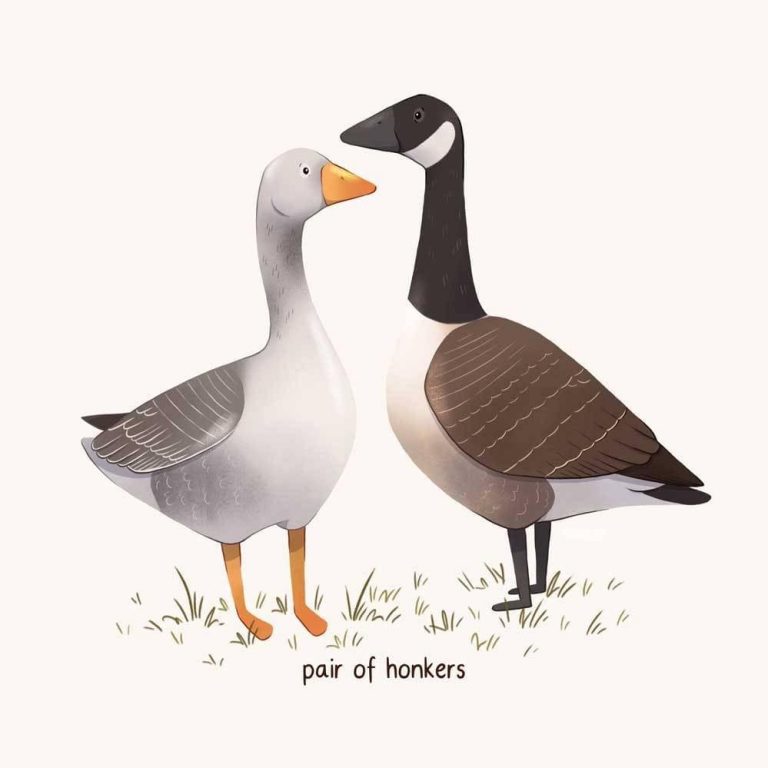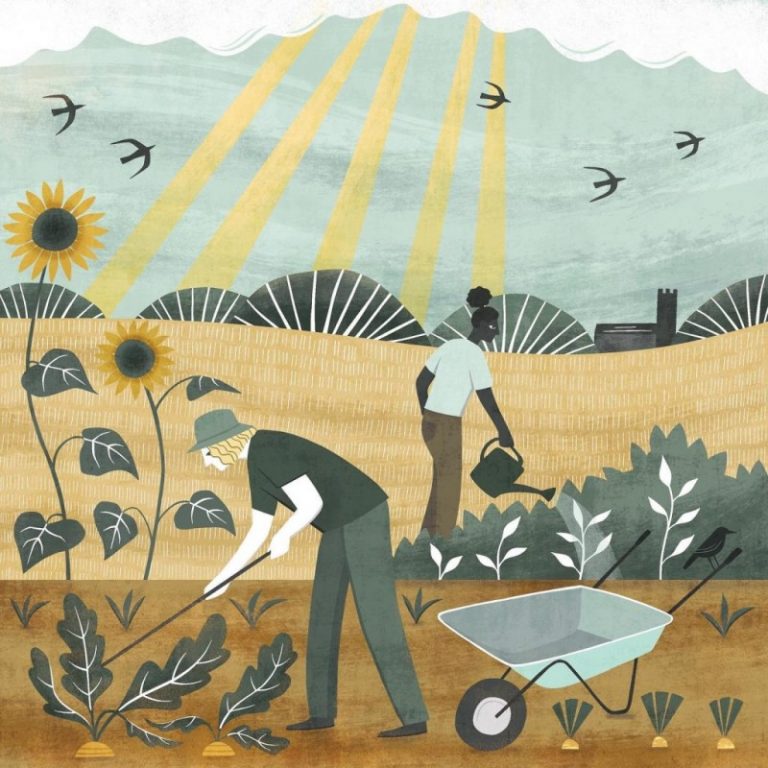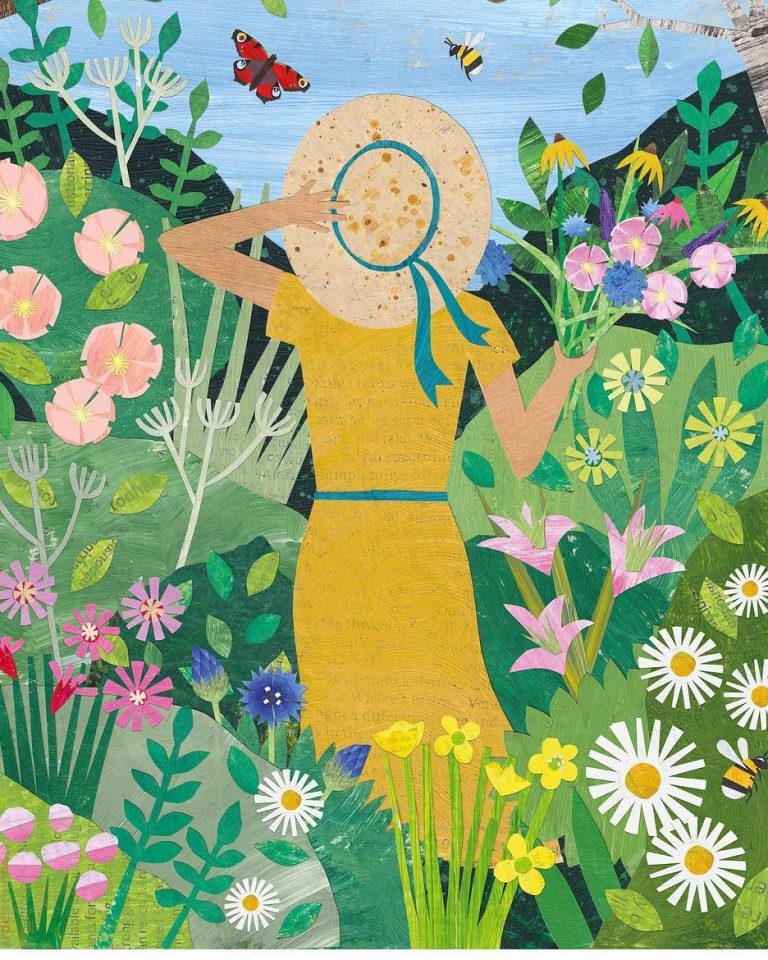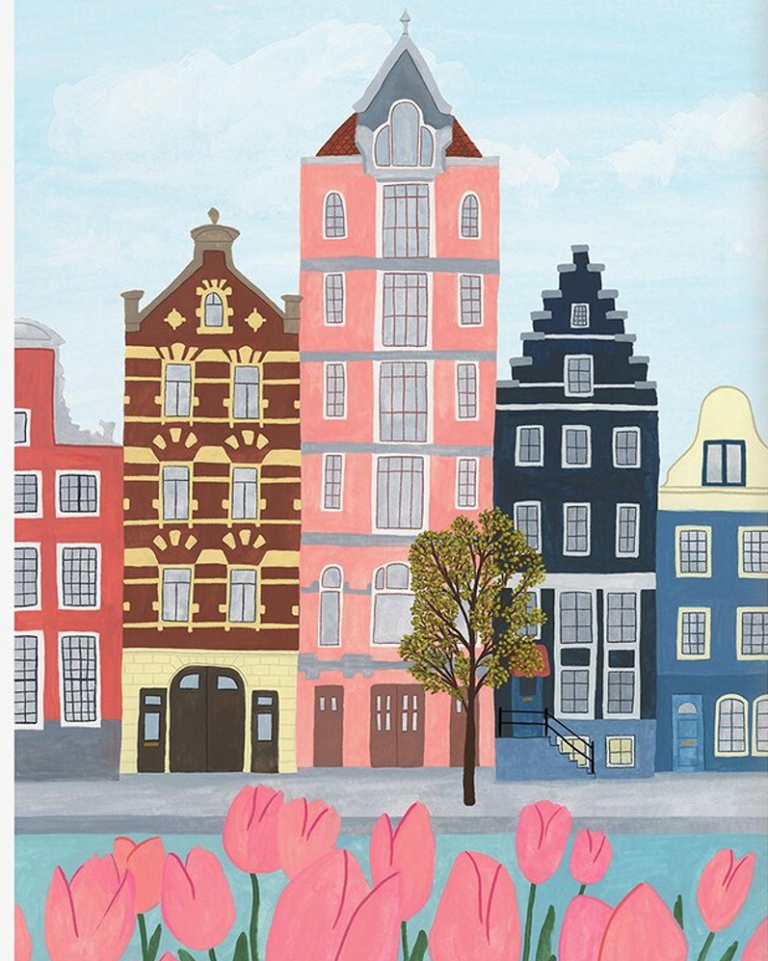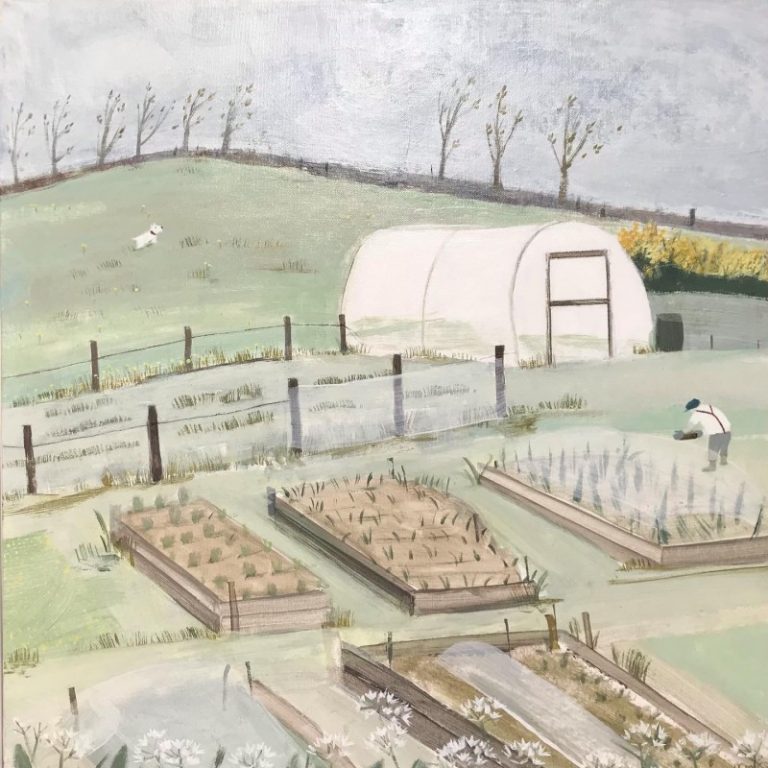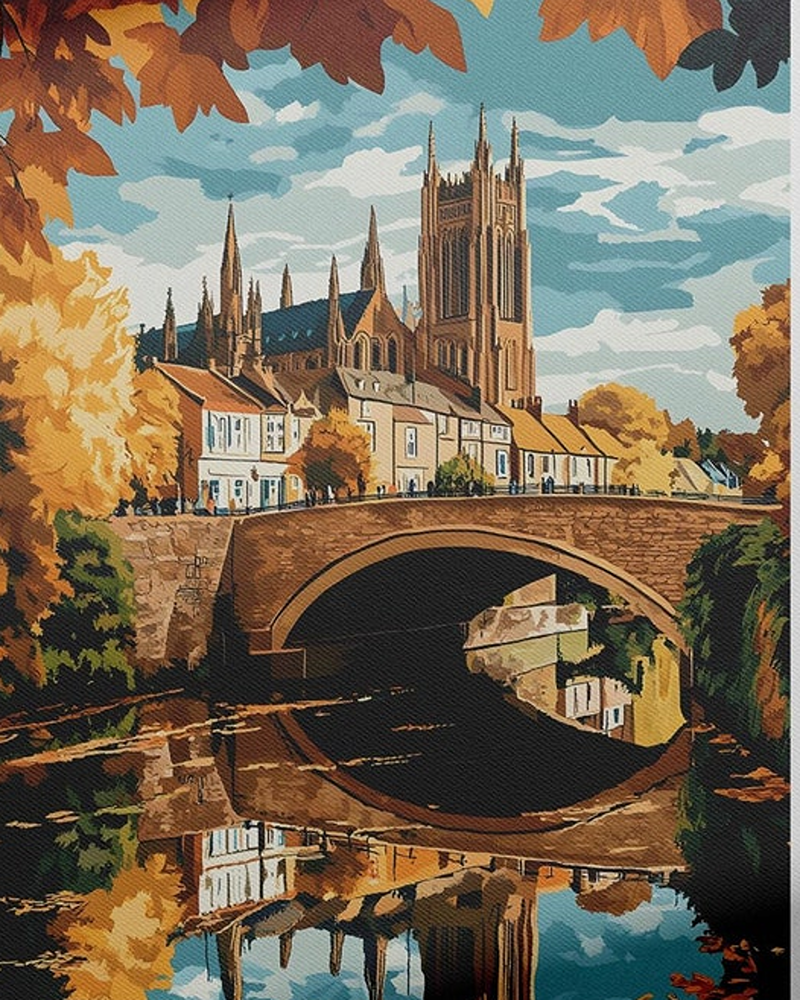
Tucked beside the River Wye, Hereford feels like a secret worth sharing. With lush countryside all around and the Welsh border not far off, life here moves at an easy pace. There’s old stone underfoot, centuries of farming, and a strong sense of belonging. People nod hello, cider flows from the orchards, and the past is always just around the corner.
Hereford’s history mixes with daily life. Farmers’ markets spill into ancient streets, and museums hint at battles long gone. Whether you’re keen on a good pint or after a peaceful walk by the river, this city’s heart is open to all. If you enjoy places that feel both lively and laid-back, you’ll settle in here quickly.
If walking in nature, always follow the Countryside Code, to keep dogs and barnyard friends safe
Saxon Beginnings and Old Streets
Hereford’s history began as a Saxon settlement, a safe spot close to the River Wye. The name means ‘army ford’, giving a nod to its early role as a place where troops could cross the river. Parts of the street layout follow those old routes, shaped by need and habit instead of planning.
You’ll notice winding lanes, patches of rough stone, timber-framed shops with wonky upper floors hanging over pavements. Many buildings still keep their ancient fronts. Look out for the Black and White House Museum, standing strong in the middle of the busy square since the 1600s.
Hereford Cathedral and the Mappa Mundi
You can’t miss the cathedral. Its tower rises above the rooftops, calling everyone home. This church has watched life go by for nearly a thousand years. Walk beneath its arched doorways and you’ll feel the hush from its thick stone walls.
What makes Hereford Cathedral special isn’t only the building itself. Inside, you’ll find the Mappa Mundi, a stunning map from the 1200s that tries to show the entire world as it was known then.
The cathedral also keeps one of the world’s oldest chained libraries; you can still see the iron links that once kept books safe from thieves, centuries before borrowing cards.
Medieval Heart and Market Town Buzz
In medieval times, Hereford grew into a lively market for farmers and traders. The city gathered riches from wool, apples, and cattle. Merchants came from miles around to trade here, and you can still feel a sense of bustle in the city centre.
The market continues today, mixing old traditions and fresh stalls. Go early and you’ll catch the voices of stallholders setting up shop, filling the streets with the scent of bread, fresh produce and cider. Some stalls still set up right where traders once did centuries ago, under the gaze of the old Butter Market’s arches.
Little Details You Might Spot
Walking Hereford, you’ll find plenty that catches the eye. Keep a lookout for:
- Mason’s marks carved in worn stone
- Tiny alleyways (locals call them ‘lokes’) winding between buildings
- Old pub signs telling stories with painted animals and saints
- Woodwork still patched with hand-cut nails
- St Michael’s Church, peeking between modern shops
You’ll hear the clock chime from All Saints, see schoolchildren darting past old shop windows, and maybe spot a heron at the weir. Every step reveals another layer of Hereford’s long, lived-in past.
Rivers, Orchards, and Local Flavour
Life in Hereford revolves around its rivers and its orchards. The River Wye winds through the city, shaping days and seasons. Walk along its banks and you’ll hear the gurgle of water against limestone, spot anglers perched in moulded boots, and see children tossing sticks in from the old stone bridge.
Pair that with the tapestries of apple orchards rolling out from town and you get a flavour that’s hard to forget. Here, food and drink taste of the land, soaked by rain and sweetened by sun. Whole towns are built on apple growing, cider pressing, and a shared pride in what comes from this rich soil.
Cider and Crops: Hereford’s Rural Roots
Cider is to Hereford what wine is to Bordeaux. The hills around the city are thick with orchards, especially in autumn. Apples and pears grow in neat lines across gently sloping fields, their scent filling the air during harvest.
Crisp mornings see ladders propped in branches, pickers moving from tree to tree, baskets heavy with fruit. Even out of season, you catch the earthy smell of pressed juice in old barns.
The process starts simple: pick the apples when they are ready, then wash, crush, and press them for their juice. Locals still use traditional cider presses, some made from old oak and iron, to squeeze out every last drop.
The juice bubbles in wooden casks, slowly turning from sweet to sharp. Each farm has their own twist—some use bitter apples for bite, others blend for a smoother sip.
In autumn, Hereford’s pride in cider boils over. Towns celebrate Apple Day with barn dances, orchard walks, and tastings that draw whole families. Expect to see:
- Apple pressing displays, where anyone can crush fruit and sample cloudy juice
- Stalls stacked with chutneys, jams, and fresh breads
- Local musicians and Morris dancers under bunting
- Rows of golden cider bottles lined up for judging, each with their own story in the taste
The city keeps its farming roots strong. Generations of families know the best time to plant, pick, and press. At the weekly farmers’ market or in small farm shops, people swap recipes and argue over the best variety for cider.
The pride is clear in everything from hand-written signs offering “just picked” Bramleys to the welcome locals give visitors eager to taste the real thing.
Harvest time is more than work, it is a kind of festival. The air smells of ripe apples, cut grass, and wood smoke. The pub gardens fill early, tables loaded with roast pork and jugs of sweet brown cider. Here, to taste the land is to know the people. Neighbours gather, swap their best tales, and toast the promise of another good year in the orchards.
The orchards have shaped more than just the landscape—they shape how folks live, eat, and celebrate. The whole year seems built around cycles of growing, picking, and pressing. This is Hereford’s true local flavour. If you’re lucky enough to visit during harvest, breathe deep. You’ll remember the smell of crushed fruit and farm earth long after you leave.
Community and Culture in Modern Hereford
Life in Hereford today brings together the best of old tradition and fresh ideas. Walking through its streets, you’ll see reminders of the city’s past around every corner, but you’ll also feel a lively and open spirit. The city cares about fairness and kindness, supporting local makers and putting people first.
Modern Hereford is a place where art and music fill everyday life, neighbours greet you by name, and Welsh influence gives everything a unique twist.
Where Old Meets New
Hereford blends its long history with a forward-looking attitude. Families who have lived here for generations mix with newcomers, creating a friendly and welcoming atmosphere. The city’s layout—with narrow lanes and busy squares—holds hints of the past, but you’ll spot trendy cafés and lively markets alongside ancient buildings. You might walk past a timber-framed shop one moment, then a colourful mural the next. This mix is part of Hereford’s charm.
Many locals take pride in supporting independent shops and small businesses. There’s a real push to buy local—fresh bread, handmade crafts, and seasonal produce all play a part in daily routines. You’ll see farmers and artists side by side at market stalls, with friendly chats over coffee and cider.
Fair Trade Status and Local Values
Hereford is officially a Fairtrade city. It shows how much the community values fairness, care, and global responsibility. Many local businesses, schools, and churches support Fairtrade products, such as coffee, chocolate, and fruit. You’ll find Fairtrade options in popular coffee shops, at the Saturday market, and even in school tuck shops.
Why does this matter to people here? The city’s farming roots and close-knit community spirit make fairness important. Locals want to support farmers at home and abroad.
This attitude shapes small choices, like which coffee to buy or which shops to visit, and brings people together in a shared sense of purpose. Fairtrade Fortnight is often marked with events, tastings, and community talks. It’s another reminder of how connected local and global lives can be.
Creative Spaces and Events
Hereford has a strong creative side. Art and music fill the city’s calendar, bringing people together year-round. If you enjoy a gallery visit or a night of live music, you’re in luck. Key spots include:
- The Courtyard: Hereford’s main arts centre, with regular theatre performances, live music, and art shows.
- Hereford Museum and Art Gallery: Exhibitions highlight both local history and fresh talent from the area.
- Small indie galleries and open studios: Scattered across the city, often run by artists themselves.
The city buzzes with events, from food festivals to music nights. Here’s what you might find on a typical calendar:
- The Hereford Herd Cider Run and Beer Festival (celebrating local orchards and brewers)
- Hereford Indie Food Festival (focuses on street food, art, and community)
- Hidden Hereford Art Trail, with workshops and pop-up galleries in tucked-away spaces
Local art is everywhere, not hidden away in fancy halls. Colourful murals brighten dull walls, buskers play on street corners, and community choirs gather in churches. These creative touches make everyday life more joyful and help newcomers feel at home.
Tradition and Progress, Side by Side
Hereford respects its roots but isn’t stuck in the past. The farming calendar shapes many local traditions, but the city also tries new things. Along with centuries-old fairs and orchard events, you’ll see pop-up food trucks, yoga in the park, and talks on everything from climate action to storytelling.
Welsh Influence: Accents, Festivals, and Friendship
Geography shapes culture in Hereford. With Wales just a short drive away, the cross-border connection touches everything from speech to celebrations. Listen carefully and you’ll hear Welsh lilts blended into the local accent. School children might learn a few Welsh phrases, and you’ll notice street signs nodding to the borderlands.
Events often draw on this mix. St David’s Day is marked in schools and shops. Music festivals and sports tournaments bring together Welsh and English traditions, mixing choirs, folk music, and even classic rugby matches. Local foods from both sides of the border fill plates at cafés and pubs.
This friendship with Wales is woven into daily life. It’s little things, like the flag flying over the town hall, or bigger shared events that bring both communities together. People here know life is richer with different voices at the table.
Supporting Community Spirit
If you ask people what they love about Hereford, many will mention its strong sense of belonging. Neighbours know each other and most days end with a casual chat over a pint, a coffee, or a sandwich from the local bakery. Community halls hold regular activity clubs, from knitting circles and gardening groups to film nights and toddler groups.
There’s also a focus on helping others. Fundraisers, food banks, and charity runs often fill the city’s diary. Locals care for older residents and make time to welcome those new to the area. Whether it’s sharing apples after the harvest or volunteering for a village event, most people play a part in making life in Hereford friendly and generous.
Hereford might be shaped by history, but it feels alive and growing, held together by the warmth of its community and the colour of its everyday life.
Conclusion
Hereford leaves a mark because it feels honest. Its warmth shows in friendly smiles, old walls, and farm-soaked flavours you don’t soon forget. The city never rushes, so you notice more—the welcome at a pub, the scent of apples in autumn, the way the river slows everyone down. People here look out for neighbours and visitors become part of the story.
If you’re new to Hereford, come ready to taste, wander, and listen. And if you already know the city, try seeing it with fresh eyes. There’s always one more tale hidden around the next bend, a comfort in slow moments, and a shared pride that lingers long after you’ve left.

